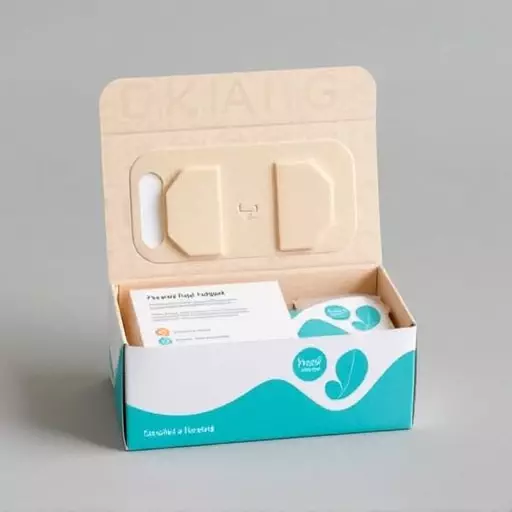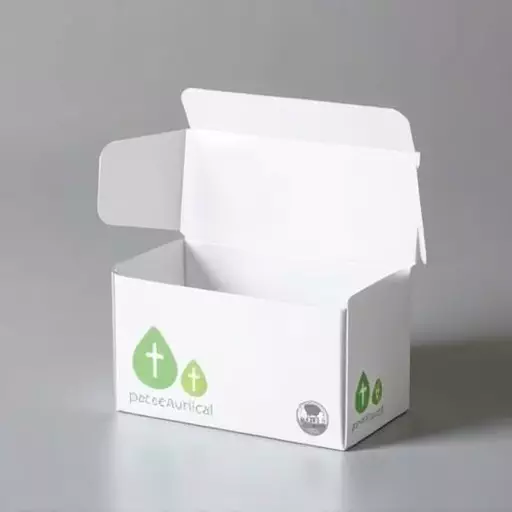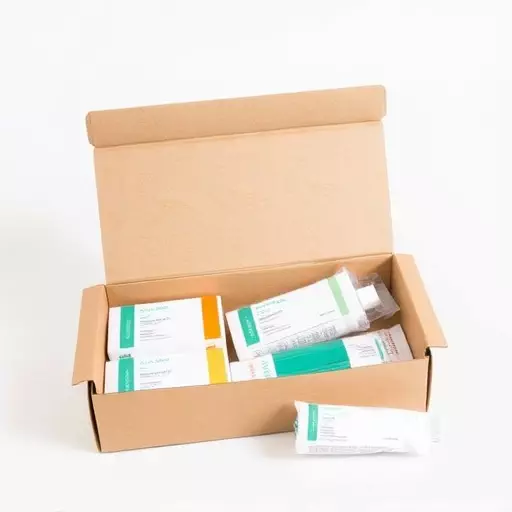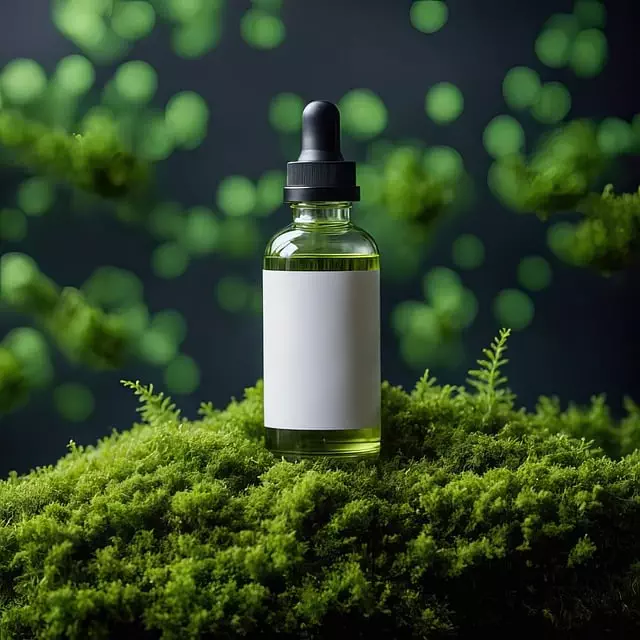The healthcare industry is transitioning towards sustainable medical packaging as a response to the environmental impact of traditional single-use materials. Custom medical packaging offers tailored functionality, sterility, and eco-friendliness, enhancing patient safety and streamlining operations. By integrating innovative materials like biodegradable plastics and plant-based polymers, manufacturers reduce waste and conserve resources while ensuring product integrity. This shift aligns with patients' demand for environmentally conscious practices, leading to a greener healthcare sector. Custom medical packaging solutions prioritize safety, efficacy, sustainability, and cost efficiency, revolutionizing the way medical supplies are packaged.
In today’s healthcare landscape, seeking efficient and sustainable medical packaging solutions is more crucial than ever. Traditional non-resealable packaging contributes significantly to waste, driving environmental concerns. This article explores the transformative potential of sustainable medical packaging, focusing on reusable and resealable options. We delve into the benefits of custom medical packaging, its design considerations, regulatory compliance, and real-world case studies. Additionally, we gaze into the future, uncovering emerging innovations shaping the industry.
- Understanding Reusable Medical Packaging: The Need for Change
- Benefits of Customizable Packaging in Healthcare
- Sustainable Solutions: Eco-Friendly Materials and Their Impact
- How to Design Effective Resealable Medical Packaging
- Regulatory Compliance: Ensuring Safety and Quality
- Case Studies: Successful Implementation of Reusable Packaging
- The Future of Medical Packaging: Innovations and Trends
Understanding Reusable Medical Packaging: The Need for Change

Medical packaging has long been a necessary yet often overlooked aspect of healthcare, traditionally relying on single-use materials that contribute significantly to waste. However, the demand for more sustainable medical packaging solutions is growing as the industry recognizes the environmental impact of non-biodegradable products. This shift is not just about reducing waste; it’s also about enhancing patient safety and streamlining healthcare operations through reusable medical packaging options.
Custom medical packaging plays a pivotal role in this transformation, offering tailored solutions that balance functionality, sterility, and eco-friendliness. By embracing sustainable medical packaging, healthcare providers can contribute to a greener environment while ensuring the integrity of medical supplies, ultimately leading to more efficient workflows and improved patient care.
Benefits of Customizable Packaging in Healthcare

In the healthcare industry, where precision and safety are paramount, customizable medical packaging plays a pivotal role in enhancing patient care and ensuring the effectiveness of treatments. Medical packaging solutions that can be tailored to specific product requirements offer numerous advantages. For instance, custom medical packaging allows for precise formulation and storage conditions, ensuring medications or therapeutic devices remain viable and potent until they reach patients. This is particularly crucial for time-sensitive therapies where stability and integrity are key.
Moreover, sustainable medical packaging has gained traction due to its potential to reduce environmental impact while providing robust protection. Customizable options enable manufacturers to incorporate eco-friendly materials without compromising on packaging integrity. Such innovations not only contribute to a greener healthcare sector but also offer cost-effective solutions for pharmaceutical companies and distributors. By embracing custom medical packaging, the industry can achieve a delicate balance between efficacy, sustainability, and cost-efficiency in delivering essential healthcare products.
Sustainable Solutions: Eco-Friendly Materials and Their Impact

In the pursuit of enhancing healthcare safety and efficiency, the evolution of medical packaging has led to innovative sustainable medical packaging solutions. Traditional packaging materials have often contributed to environmental concerns, prompting a shift towards eco-friendly materials in the industry. Biodegradable plastics, plant-based polymers, and recyclable composites are emerging as viable alternatives to conventional petroleum-based options. These custom medical packaging choices not only reduce environmental impact but also offer long-term benefits for healthcare providers and consumers alike.
By adopting these sustainable materials, manufacturers of medical packaging solutions can minimize waste, conserve resources, and contribute to a greener future. Moreover, they enable patients to participate in eco-conscious practices, ensuring that medical supplies are responsibly managed from production to disposal. This dual advantage—benefiting both the environment and healthcare systems—drives the industry towards more sustainable practices and empowers healthcare professionals to make informed choices that positively impact both patients and the planet.
How to Design Effective Resealable Medical Packaging

When designing effective resealable medical packaging, the primary focus should be on creating a balance between functionality and sustainability. Start by understanding the specific needs of the medical products being packaged—whether they require sterile environments, easy accessibility, or special temperature controls. Custom medical packaging solutions can be tailored to fit these exacting requirements, ensuring product integrity and safety.
Consider using innovative materials that offer resealability, such as advanced polymer films or custom-designed seals, which not only maintain product freshness but also minimize environmental impact. Sustainable medical packaging should incorporate recyclable or biodegradable elements while retaining strength and reliability. By combining these strategies, you can achieve both effective product protection and eco-consciousness, addressing the growing demand for green medical packaging solutions.
Regulatory Compliance: Ensuring Safety and Quality

Regulatory compliance is a cornerstone in the development and implementation of resealable medical packaging. Medical packaging solutions must adhere to stringent standards set by regulatory bodies like the FDA (Food and Drug Administration) or ISO (International Organization for Standardization). These regulations are designed to ensure safety, quality, and efficacy of medical products, guarding against contamination and ensuring accurate dosage.
Custom medical packaging plays a significant role in meeting these requirements. By allowing for tailored design and material choices, manufacturers can create sustainable medical packaging that not only complies with regulatory guidelines but also addresses specific product needs. This customization ensures that every aspect of the packaging—from barrier protection to ease of use—is optimized for safety and quality preservation.
Case Studies: Successful Implementation of Reusable Packaging

In recent years, the healthcare industry has witnessed a significant shift towards more sustainable and eco-friendly practices, and this trend extends to medical packaging solutions. Case studies demonstrate that the successful implementation of reusable packaging is not only beneficial for the environment but also offers cost savings and improved patient safety. For instance, a study conducted by a leading pharmaceutical company revealed that transitioning from traditional disposable packaging to custom reusable containers reduced their carbon footprint by 40% within a year. This achievement was attributed to the elimination of non-biodegradable materials and the efficient design of the new sustainable medical packaging.
Another compelling example involves a medical device manufacturer that adopted a similar strategy. By designing reusable, sterile packaging for their products, they significantly decreased waste and elevated patient satisfaction. Customizable medical packaging allowed for unique configurations tailored to specific devices, ensuring product integrity during transport and storage. This approach not only aligns with the growing demand for sustainable medical packaging but also enhances brand reputation through environmentally conscious practices.
The Future of Medical Packaging: Innovations and Trends

The future of medical packaging is poised for significant transformation, driven by a confluence of factors: growing demand for personalized healthcare, stringent regulatory requirements, and an increasing awareness of environmental sustainability. Innovations in materials science are paving the way for more advanced and versatile medical packaging solutions. Biodegradable and compostable materials, such as plant-based polymers and mushroom-derived bioplastics, are gaining traction as eco-friendly alternatives to traditional petroleum-based plastics. These sustainable medical packaging options not only reduce environmental impact but also meet the high barriers to contamination set by healthcare regulations.
Customization is another key trend shaping the industry. With advancements in printing technology, manufacturers can produce custom medical packaging tailored to specific product needs, including unique design elements, specialized barrier protection, and precise labeling. This level of customization allows for better patient compliance and enhanced product effectiveness while also addressing the growing demand for personalized medicine. As healthcare continues to evolve, so too will the sustainable medical packaging solutions that support it, ensuring both safety and environmental stewardship.


